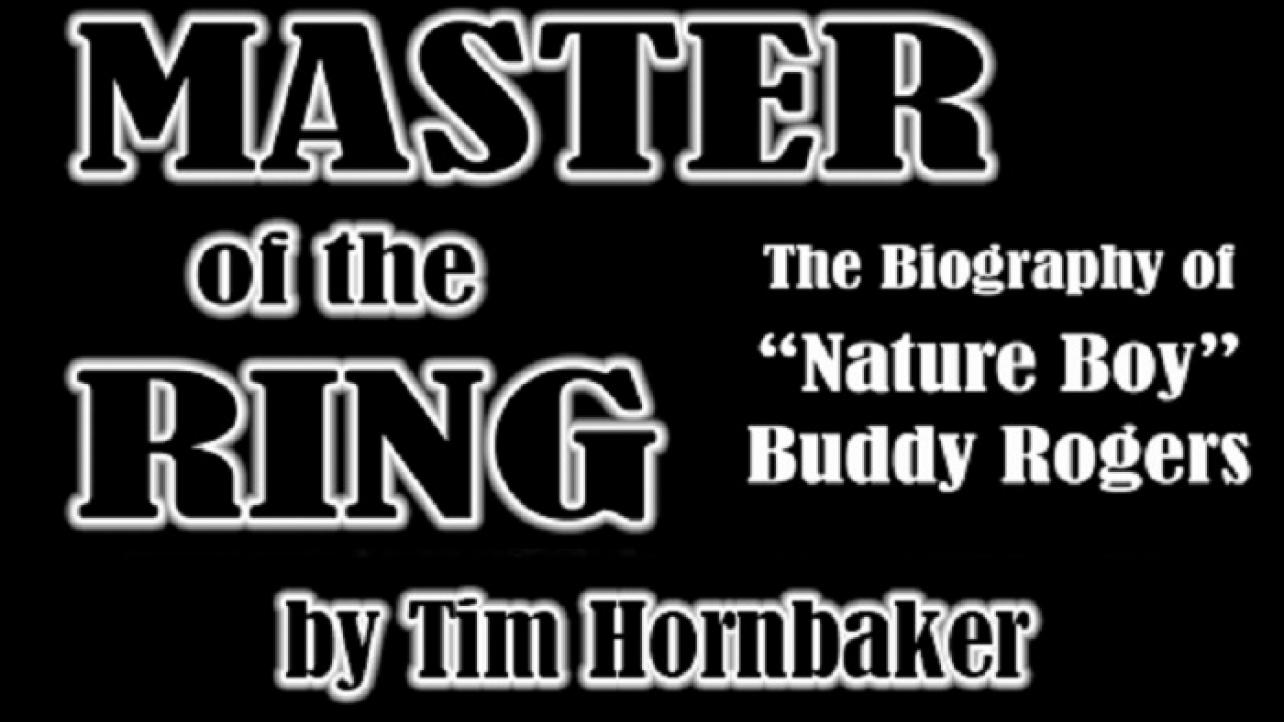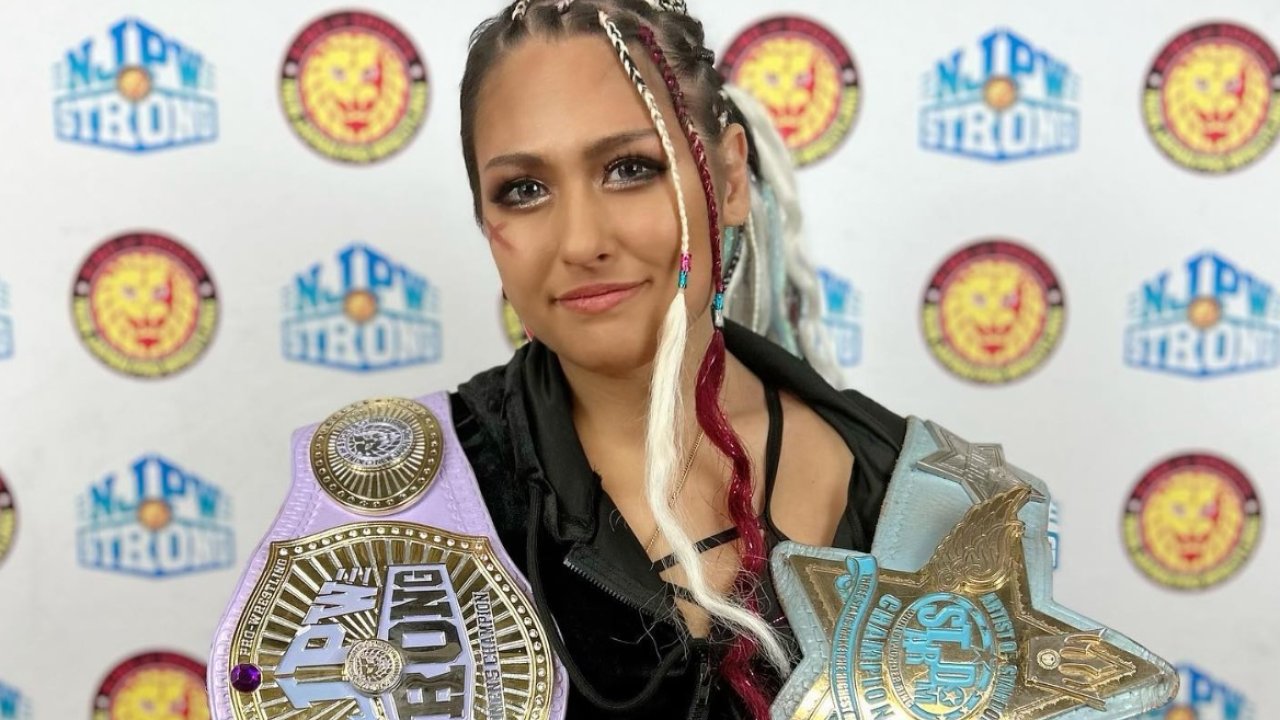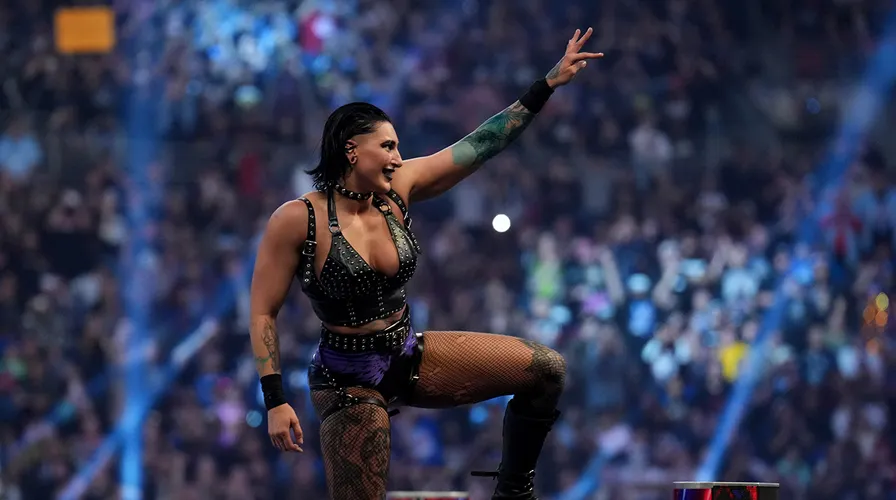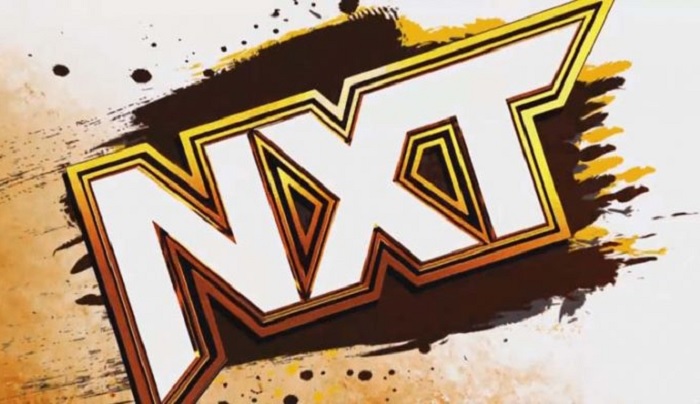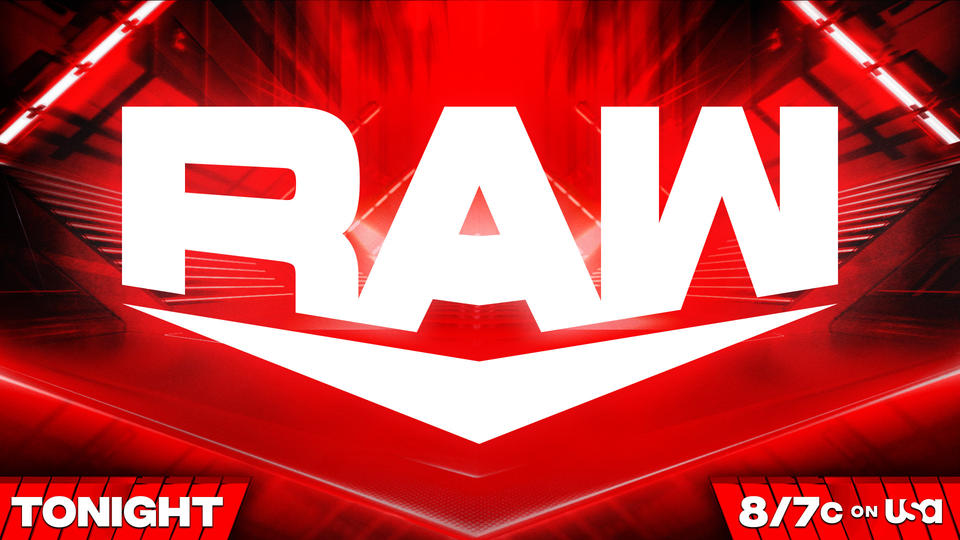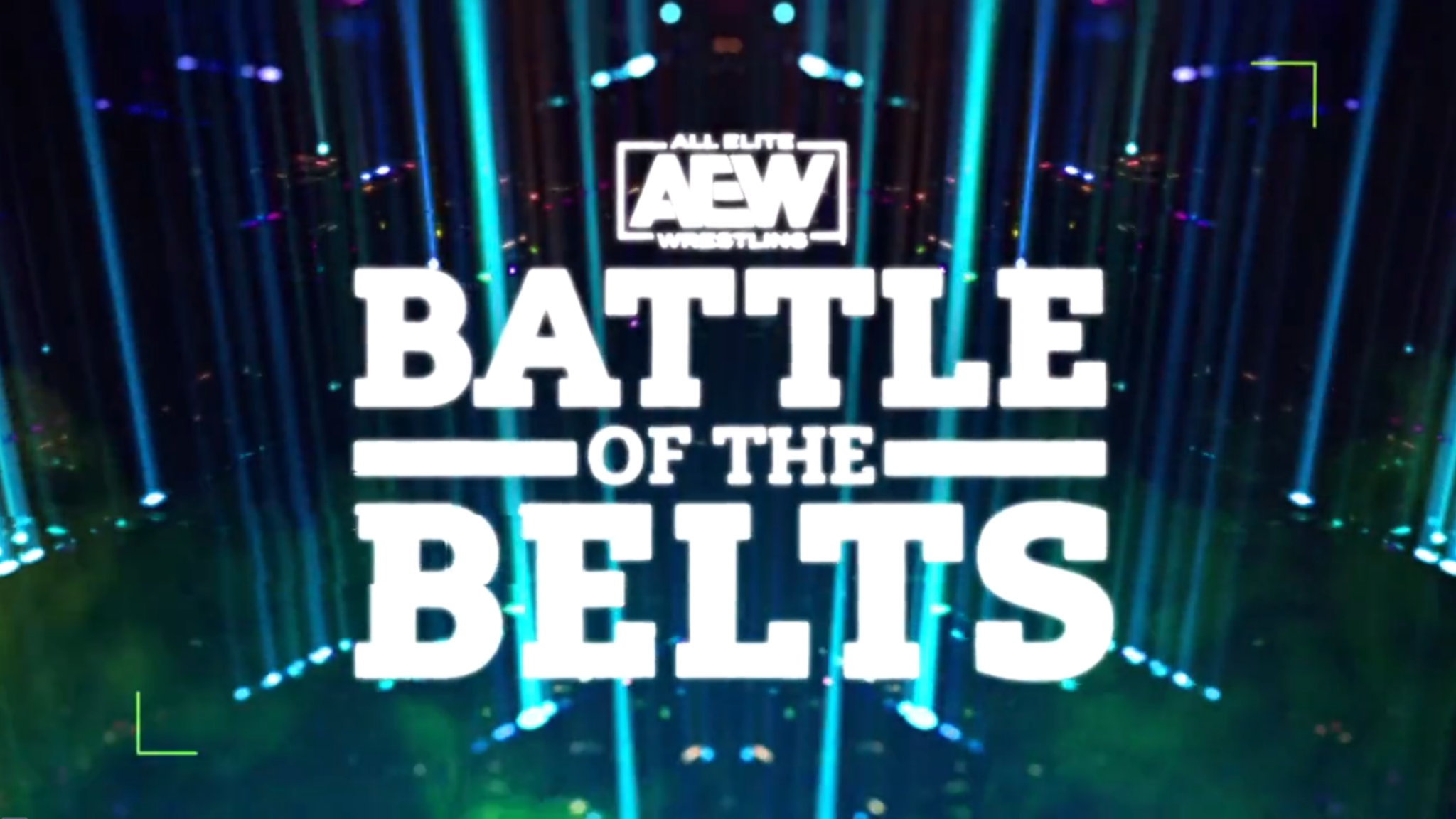- “To a nicer guy, it couldn’t happen,”
– Buddy Rogers
When clips are shown of the legendary former WWWF Champion, the original Nature Boy — Buddy Rogers — that line from an in-ring post-match promo he delivered is usually among the ones that are included.
If you want to learn more about the legendary professional wrestling icon, now is your chance.
A new biography dubbed “Master of the Ring: The Biography of ‘Nature Boy’ Buddy Rogers” focusing on the first-ever WWWF Champion was recently released by author Tim Hornbaker and Scott Teal’s Crowbar Press.
Featured below are some promotional materials released for the book, which is available now at CrowbarPress.com.
MASTER of the RING: The Biography of “NATURE BOY” BUDDY ROGERS
In this modern era of “sports entertainment,” World Wrestling Entertainment has been a must-see event. Legends like Hulk Hogan, “Stone Cold” Steve Austin, and The Rock have headlined on that stage and delivered some of the most memorable moments of the past 30 years.
But, in 1948, years before the aforementioned names were even born, a young man named Buddy (Nature Boy) Rogers got into the ring in Hollywood Legion Stadium and transformed pro wrestling forever. His flamboyant personality and under-handed tactics made him an immediate box-office sensation. He was center stage in every territory in the U.S., not only in fast-paced matches, but in backstage power plays.
By the late 1950s, he was an unparalleled superstar, but there was one honor he coveted … the National Wrestling Alliance world heavyweight championship. To that point, the hostile environment of wrestling politics had stalled his push to the throne, but Rogers overcame the obstacles in his path until, finally, with the right friends in high places, he was given a title match against champion Pat O’Connor in Chicago’s Comiskey Park before a record crowd of 38,000 spectators. By the end of the night, Rogers was the new heavyweight champion of the world! After the match, he strapped on the title belt, stood in the center of the ring, and in his typically arrogant fashion, announced:
“To a nicer guy, it couldn’t happen!”
Backstage assaults and injuries almost derailed his title reign, and in the midst of his historic run, Rogers suffered serious health problems, and a cloud fell over his future on the mat. In May 1963, he defended the title against Bruno Sammartino, the popular “Italian Superman,” at Madison Square Garden. Since then, wrestling fans have asked countless questions about what really happened on that fabled evening. Author Hornbaker dissects the incident, as well as Buddy’s entire life, to answer those questions and clear up some of the misconceptions and lies told about Buddy. You will learn the entire “Buddy Rogers Saga” from beginning to end as Hornbaker focuses on the backstage politics, secret strategies, and different perspectives, including never-before-heard inside sources from that time-frame, including Rogers’ former manager, Bobby Davis.
Active in wrestling for more than 60 years, Buddy’s legacy is as strong today as it ever was. In 2015, WWE executive and former champion Triple H was asked who he would choose if he had the ability to wrestle any one competitor from the past. Without hesitation, he said, “Buddy Rogers,” acknowledging the masterful legend and bigger-than-life personality of the original “Nature Boy.”
In this book, a detailed look at one of the most important figures in wrestling history, the truth of Buddy Rogers is told — in all of his stunning (and colorful) glory. It’s a story with boundless action, mayhem, and excitement.
CHAPTER TITLES
1. Life Begins on Arlington Street
Buddy Rogers was born in Camden, New Jersey, in 1921 to German parents. His childhood, growing up in a booming industrial area near the Delaware River is examined, as well as his early love of sports. He left high school to join the United States Navy in 1939, and was almost immediately faced with immeasurable tragedy.
2. From Gob to Grappler
Upon his discharge from the Navy, Rogers returned to Camden to support his mother. He worked a variety of jobs before landing at the New York Shipbuilding Corporation during the war. Having wrestled at the local YMCA, Buddy became the student of an old pro wrestler named Fred Grobmier. In 1942, he made his wrestling debut.
3. The Rohde Brothers
Professional wrestling was much more than just what happened on the mat. Rogers quickly learned that backstage politics was a dangerous business. He worked for several different booking agents in the midst of the chaotic environment and “made his bones” against more experienced grapplers.
4. The Atomic Blond
By 1945, Rogers left the Northeast for Texas and performed as the “Atomic Blond.” His charisma and boundless energy made him the most popular young athlete on the circuit. He caught the eye of a colorful promoter named Jack Pfefer, who wanted to take him to the next level. Rogers agreed and signed him to be his manager.
5. Drawing Blood and Suspensions
Having learned new skills and with a new level of confidence, Rogers developed a fresh style of performance – one that set the wrestling world ablaze. He was considered to be as a future world heavyweight champion and wrestling fans were completely behind him. In New York, however, his newfangled methods drew the ire of the local Athletic Commission.
6. Wrestling’s Nature Boy
Jack Pfefer’s creative mind found a new gimmick for Rogers, and in summer 1948, dubbed him the “Nature Boy,” in reference to the famous song by Nat King Cole. The new persona took off immediately, and Buddy went from one of the most popular to perhaps the most hated. In St. Louis, Buddy singlehandedly turned the tides of a promotional war.
7. Time for a Change
Between 1949 and ‘50, Rogers wowed audiences with his showmanship, and wore capes and other fanciful gear to garner attention. But Buddy grew tired of the act and chose to focus on his performance without the extra glamour. Again, wrestling politics hurt him, and Rogers began to see flaws in his manager, Jack Pfefer.
8. The Pfefer Curse
After five years with Jack Pfefer, Rogers decided to sever his ties and go his own way. The move had far-reaching consequences and turned the ever-vengeful Pfefer against him. Buddy wasn’t deterred and went to work for Eddie Quinn in Montreal and other new cities to capitalize on his potential.
9. A Perennial Champion
Making money hand over fist, Rogers wrestled in the largest arenas in Montreal, Boston, and Chicago, and his television appearances were must-see for fans. He became a world champion and wrestled all the top names in the business. He also developed one of the most influential moves in wrestling history, the figure-four grapevine. It was a game-changer.
10. Rogers vs. Rogers
Buddy’s name was splashed across the sports pages of newspapers from coast-to-coast as he generated heat with new ideas and methods. In 1955, he was hit with a lawsuit by Charles (Buddy) Rogers, the well-known actor-singer. Needless to say, Rogers didn’t want to lose his trademark name.
11. Mentoring a Legend
The heralded former boxing champion Joe Louis was down on his luck in 1956 and needed huge sums of money to pay off his tax debt. When a Philadelphia promoter offered Louis a chance to wrestle to make extra money, he agreed. Rogers stepped in as a coach and road agent for Louis, and the two headed for the Deep South.
12. The Politics of Wrestling
Although Rogers had been a claimant to a world title, he had never been the National Wrestling Alliance world heavyweight champion, which was the greatest honor in the business. In 1957, Buddy had support to take over the mantle, but was blocked by Lou Thesz. It was wrestling politics at its worst and Buddy had to play the long game.
13. The Path to Capitol
Working the road was a tough job, especially in California and Texas, and Buddy longed for new horizons. He joined friends to help promote the Ohio territory, but was presented with a potential life-changing opportunity in the Northeast. In 1960, he joined Vince McMahon “Senior” in Capitol Wrestling, and the balance in pro wrestling changed forever.
14. The Ultimate Goal
Times had changed by 1961, and the political environment which had held him back was now working in Buddy’s favor. The leaders of the National Wrestling Alliance decided to authorize a reign for Buddy as the heavyweight champion, and in June 1961, he beat Pat O’Connor for the title. History had been made.
15. An Arduous Journey
Never before had an NWA world champion achieved the level of success that Buddy saw day-after-day, and arenas were packed when his name was on the bill. But the excess traveling in defense of his title was beyond anything he’d experienced previously. Battling the challenges of the road and injuries, Rogers set a new standard for a wrestling champion.
16. A Champion on the Ropes
More of a performer than a legitimate wrestler, Rogers had to contend with a possible in-ring double-cross by conspiring ring foes. However, Buddy didn’t expect to be attacked in a Columbus, Ohio, dressing room by two fellow wrestlers. The assault left him with an injury to both his arm and psyche, and he was thoroughly embarrassed.
17. Blind to the Consequences
As his reign continued, Rogers dealt with tightness in his chest. The condition worsened and it was apparent he was dealing with a serious health problem. But rather than give up his position, he coped with the pain at great risk. In January 1963, he agreed to lose the NWA world title to Lou Thesz, but was soon named the inaugural WWWF (WWE) champion.
18. A King Dethroned
In 1963, the wrestling world was shocked by the sudden downfall of Buddy Rogers. Only months earlier, he was traveling throughout North America, and he appeared to be in top physical condition. Suddenly, amidst rumors, he lost the WWWF title to Bruno Sammartino, and that became one of the most talked-about and disputed matches in the sport’s history.
19. The Next Chapter
Forcibly retired from wrestling, Buddy struggled with the life adjustments forced upon him. He went into business in New Jersey and used his name recognition to make a living. As the ‘60s wore on, the lure of the ring became too much, and he made the first of several comebacks. Since his heart condition hadn’t improved, he was taking his life into his hands.
20. Passing the Torch
After matches in Canada, Rogers retired again. He divorced his third wife and remarried, this time to a former Las Vegas stage performer. In the late ‘70s, he reemerged on the wrestling circuit, first in Florida and then in the Mid-Atlantic region, as both a wrestler and manager. In the latter territory, he effectively passed the torch to “Nature Boy” Ric Flair.
21. The Legend Lives Forever
Rogers formed a friendship with comedian Andy Kaufman, worked at the Playboy Casino Hotel in Atlantic City, and appeared for the WWF in the early 1980s. In 1992, after making several public appearances, and looking great for a man his age, Buddy unexpectedly passed away in Florida from a stroke. The wrestling world was shocked at his loss.BOOK DETAILS
Publisher: Crowbar Press
6×9 Perfect Bound
Pages: 320
Words: 158,030
Photos: 151 b&w
Cover: Black & white
ISBN: 978-1-940391-35-9
Item #: cbp61-br
Price: $22.95
- Other Recent Articles:
* Annual WWE Queen Of The Ring Tournament Coming Soon?
* Backstage News On WWE Possibly Changing Riddle’s Character
* Interesting Backstage News On Scripting Of Roman Reigns’ Promos
* Kevin Owens To Transition Into Commentary Role With WWE?
Wrestling News Reaction & Discussion
* For late-breaking WWE & AEW news & rumors, follow our social media reporter on Twitter @MattBoone0709
* Follow the official eWrestling account on Twitter @eWrestlingCOM
* Follow the official eWrestling Facebook page at Facebook.com/eWrestlingCOM
* Chat with other fans about this article in the official eWrestling Disqus feed below, or at Disqus.com/home/forums/http-ewrestling-com


